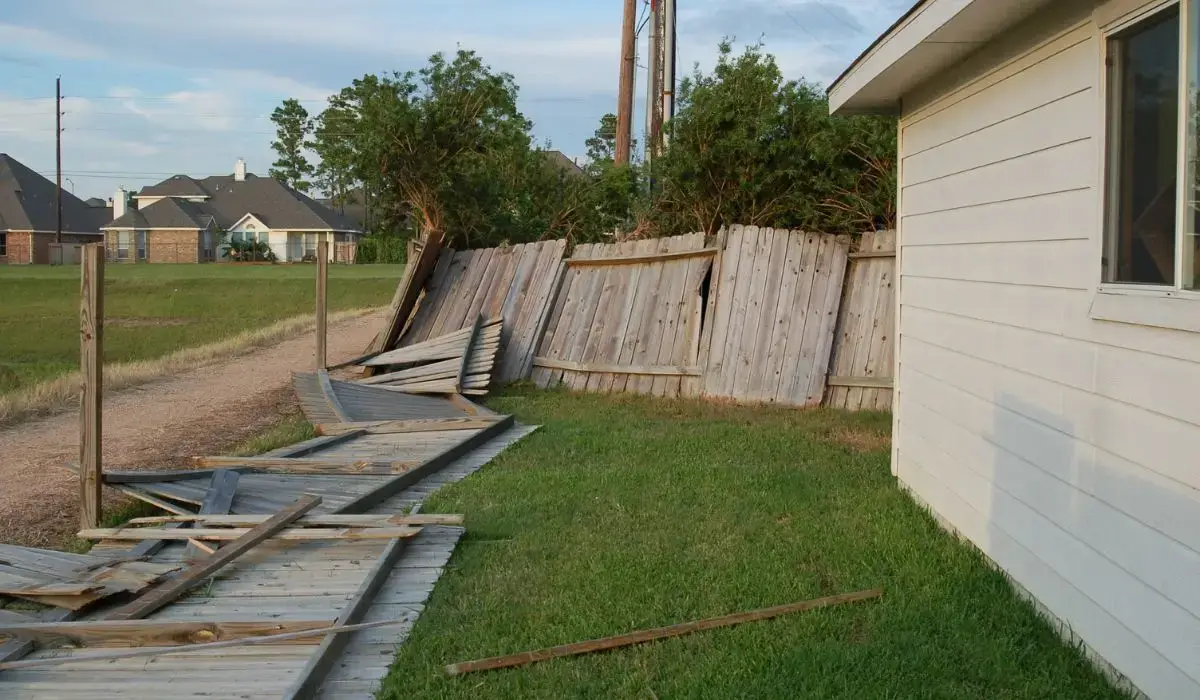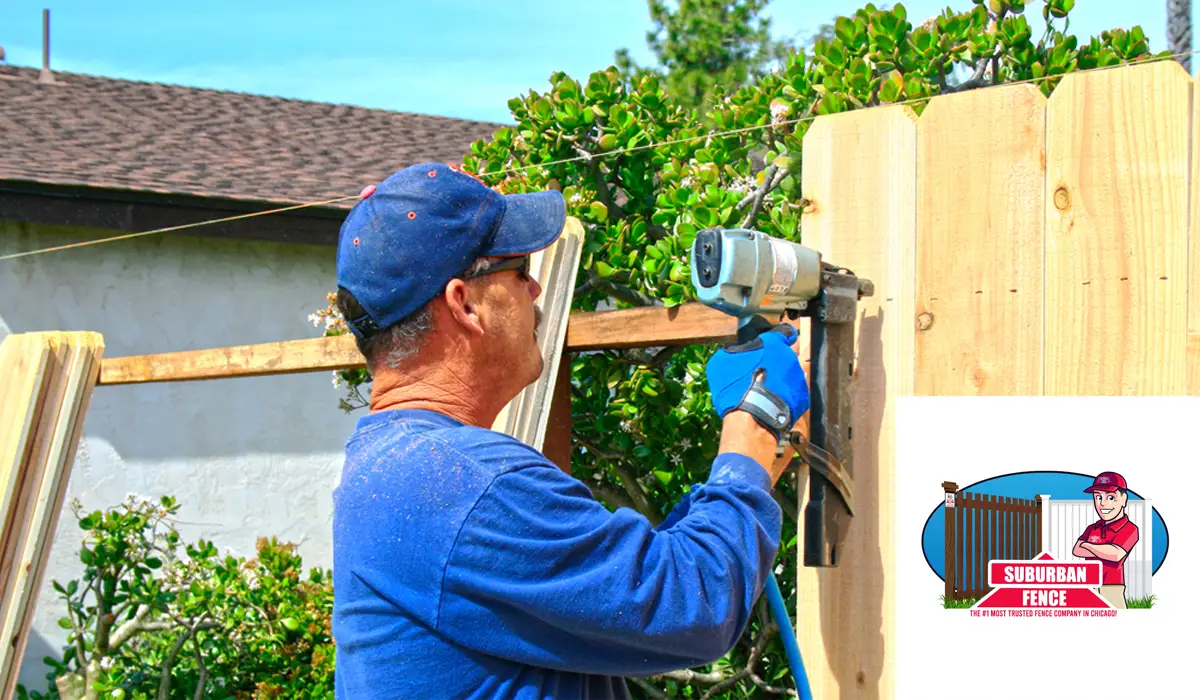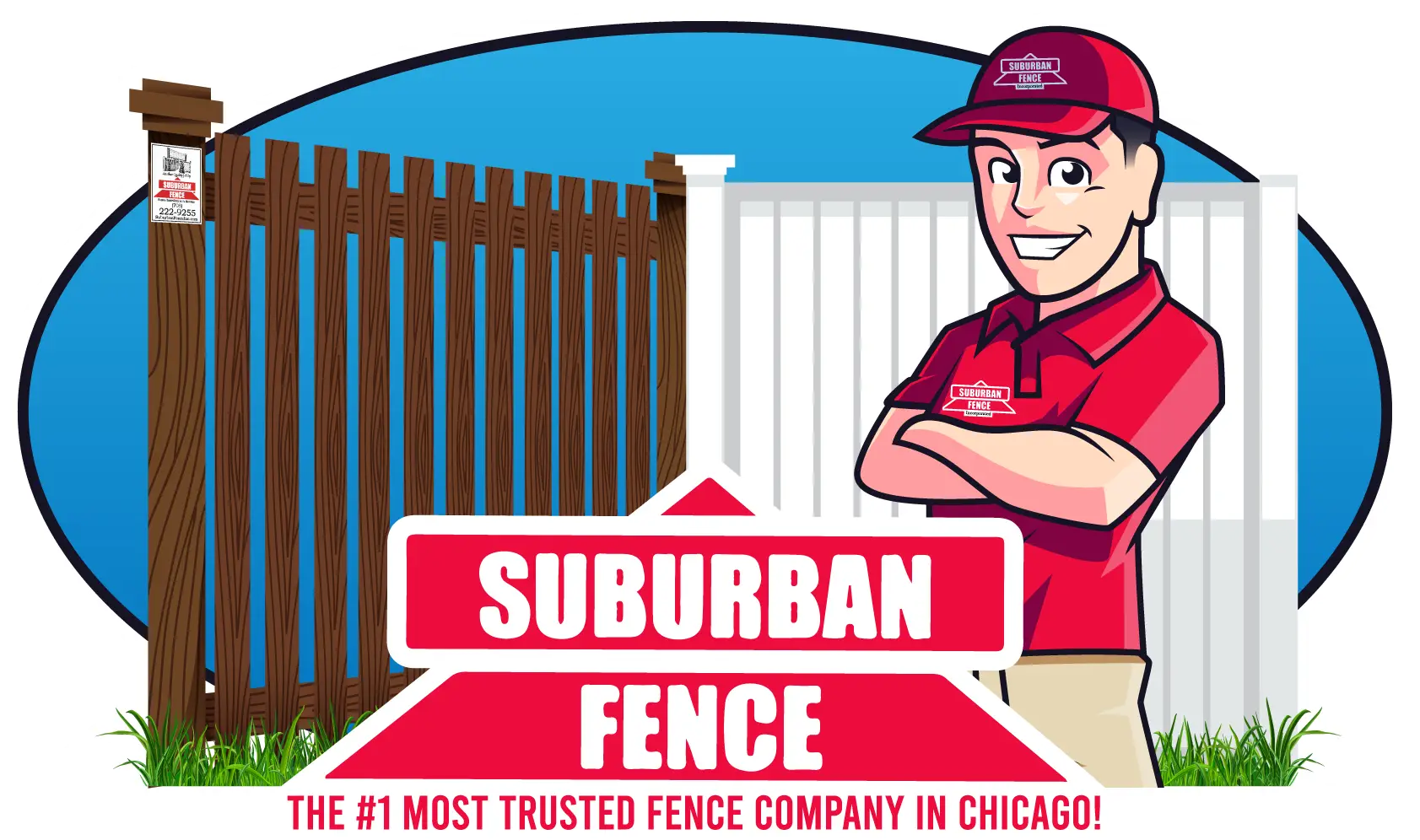
Fence Repair Tips: What to Do When Your Fence Is Leaning or Sagging
What to Do When Your Fence Is Leaning or Sagging: Fence Repair or Replace?
Over time, even the strongest fences can show signs of strain. If you’re dealing with a fence that’s starting to lean or sag, it’s not just a visual nuisance—it could lead to more serious problems if left unaddressed.
With over four decades of experience, Suburban Fence provides reliable, local support to homeowners across Chicago. Our team has seen it all—from minor post shifts to full structural failures. If you’re unsure whether your fencing can be fixed or needs full replacement, this breakdown will help clarify your next steps.
For professional insight into residential fence repair and installation services, we’ve got options that fit both budget and design needs.
Worried about a leaning fence but unsure if it’s worth fixing or replacing?
Why Fences Lean or Sag in the First Place?
Understanding the cause of structural movement is key to determining the right fix. When caught early, many of these issues can be addressed through professional fence repair, preventing the need for a full replacement.
Soil Erosion and Post Movement
Shifting ground is one of the top reasons fences lose alignment. Chicago’s freeze-thaw cycles expand and contract soil, which gradually pushes fence posts out of position. If posts weren’t originally set below the frost line—typically 36 inches in the region—they’re more likely to tilt over time.
According to the USDA, urban soil compaction and movement affects nearly 80% of residential properties over a 20-year span, especially in older neighborhoods with less drainage control.
Material Deterioration: Wood and Metal
Wood fences are susceptible to rot, especially in shaded or damp areas. Rot typically starts from the base of the post or panel and spreads, weakening the structure. For a deeper look at common causes of wood fence rot and how to prevent it, check out this guide on fence rotting and wood decay.
Metal fencing—particularly chain link and older iron—can corrode over time. Rust weakens joints, hinges, and posts, making them unable to bear the load they once could.
Improper Initial Construction
💡 TIP: Check if the base of each post is firm by gently pushing it. Any wobble could mean damage below ground level.
A fence is only as good as its foundation. Posts set too shallow, without concrete, or spaced too far apart may lean after just a few years. Professional fence repair can correct these installation flaws, especially when combined with reinforced footings.
Weather and Environmental Impact
Windstorms, snowdrifts, ice accumulation, and fallen tree branches all put additional stress on fencing. Chicago averages 35 inches of snow annually, and ice build-up can add hundreds of pounds to horizontal rails, especially on wood privacy fences.
Signs It’s Time for a Repair (Not a Replacement)
A leaning section doesn’t always mean it’s time to start over. In many cases, a targeted repair can fully restore your fence’s integrity. Consider repair if:
- Only One Post Is Leaning
A single compromised post often means localized damage. It may just need resetting or replacing.
- Materials Are Still Structurally Sound
No splitting wood, heavy rust, or warped rails? That’s a good sign your fence is repairable.
- Fence Is Less Than 10 Years Old
Most modern fencing materials—especially treated wood and metal—have life spans of 15–25 years. If it’s a newer install, repair is often the better value.
- Leaning Is Stable
If the angle hasn’t worsened, the problem may be contained. Stabilizing it now can prevent bigger costs later.
💡 Helpful Tip: Take a picture once a month to monitor whether the lean is worsening. A noticeable change means deeper issues may be forming underground.

When to Consider a Full Fence Replacement?
Sometimes, the cost or effort of ongoing repairs doesn’t make sense—especially when deterioration is widespread. You may want to consider full replacement if:
- Several Posts or Panels Are Leaning
Multiple structural points failing usually signals foundation or material fatigue.
- Rot, Splits, or Rust Are Widespread
When decay is visible in more than 30% of the structure, spot repairs won’t hold up long term.
- Fence Is Over 15 Years Old
Most modern fencing materials—especially treated wood and metal—have life spans of 15–25 years. A professional fence repair service can often fix minor structural issues and keep your system functioning like new.
- Aesthetic or Safety Standards Are No Longer Met
If your fence is visibly sagging, missing boards, or has rusted chain links, it can affect curb appeal and property value. Worse, it may pose safety concerns for children, pets, or guests.
Data from Realtor.com shows that homes with well-maintained fences sell for 3–5% more than homes with deteriorated or missing boundary structures. Investing in replacement isn’t just about function—it adds long-term value.
Why Hire a Professional Fence Installer Near You?
While YouTube tutorials might make fencing look like a simple DIY project, experienced installers understand the full scope—from permits to post depth to material compatibility.
-
Trained Eyes Catch Hidden Issues
Professionals know how to identify shifting foundations, drainage concerns, or insect damage that the average homeowner might miss.
-
Safe and Timely Completion
Fence repairs and builds involve heavy lifting, cutting tools, and sometimes digging near underground lines. Trained crews know how to complete the job safely and without delays.
-
Better Return on Investment
Choosing the right materials and methods from the start saves you from future maintenance and avoids costly mistakes. A professional fence installer near me will also offer warranties on labor and materials—something DIY projects can’t.
-
Local Experience with Chicago Conditions
From lakefront moisture to narrow alleyways, fencing in Chicago comes with unique challenges. Local pros understand municipal guidelines, seasonal movement, and neighborhood standards better than out-of-state providers or national chains. This is especially important when dealing with aging wood structures; if you’re noticing early signs of decay, be sure to check for these wood fence rotting indicators and prevention tips.
💡 Bonus Tip: If your fence is leaning but still intact, scheduling a proactive fence repair may be all you need to avoid a full rebuild later. A qualified installer will know the most efficient solution based on materials and local soil conditions.
Common Repair Options Available from Suburban Fence
If your fencing is a candidate for repair, Suburban Fence offers a variety of solutions tailored to your property:
Post Replacement
A single failing post can throw off an entire section. Our team removes damaged posts, reinforces footing with concrete, and ensures new posts are pressure-treated or rust-resistant.
✅ Panel Realignment
Warped or bowed panels can be adjusted back into position and secured using stronger fasteners and support blocks.
✅ Reinforcement Hardware
For fences showing signs of stress, we add angled brackets, corner plates, or tension wires to distribute load evenly and prevent future leaning.
✅ Material Upgrades
Damaged sections can be swapped with modern materials—like vinyl or composite—that offer greater durability and minimal maintenance while preserving your fence’s original look.
Don’t Wait—Book a Free Inspection Today
A leaning or sagging fence can quickly become a safety hazard, not to mention an eyesore. If you’ve noticed signs of damage, don’t wait until it worsens. The right solution depends on how extensive the issue is—and that’s something our experienced team can assess for you.
Ready to get your fence back in shape? Contact Suburban Fence today for a trusted, no-pressure consultation. You can request a FREE estimate online or call us directly at 708-222-9255 to speak with our team. Learn more about our full range of fence repair and installation services designed specifically for Chicago homes.
Your fence deserves attention—get started today with Chicago’s go-to experts for quality, value, and long-term peace of mind.
